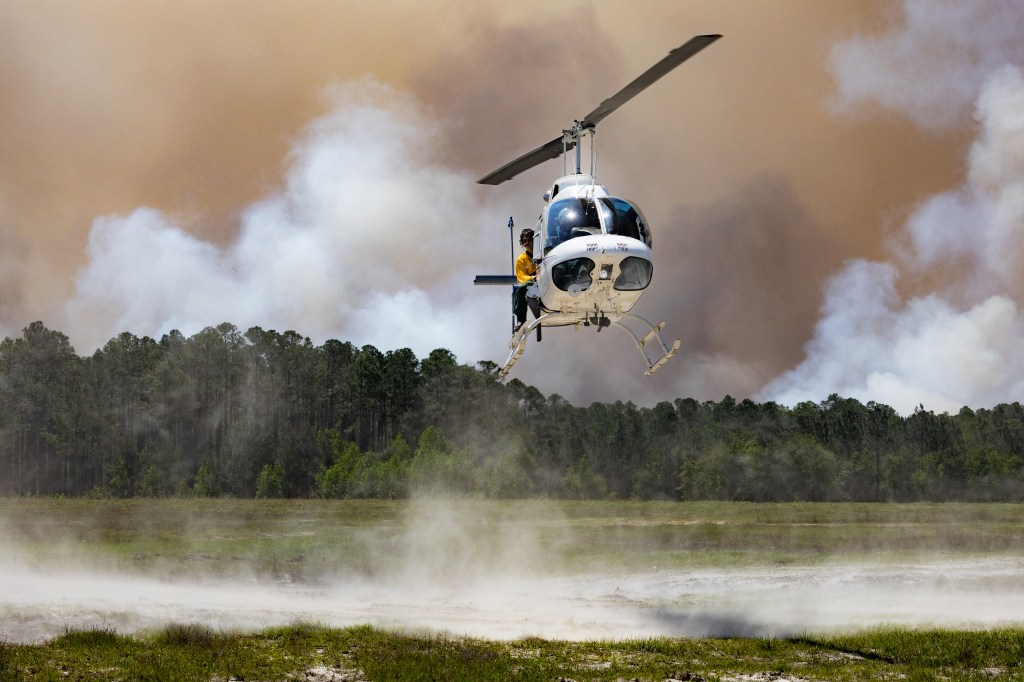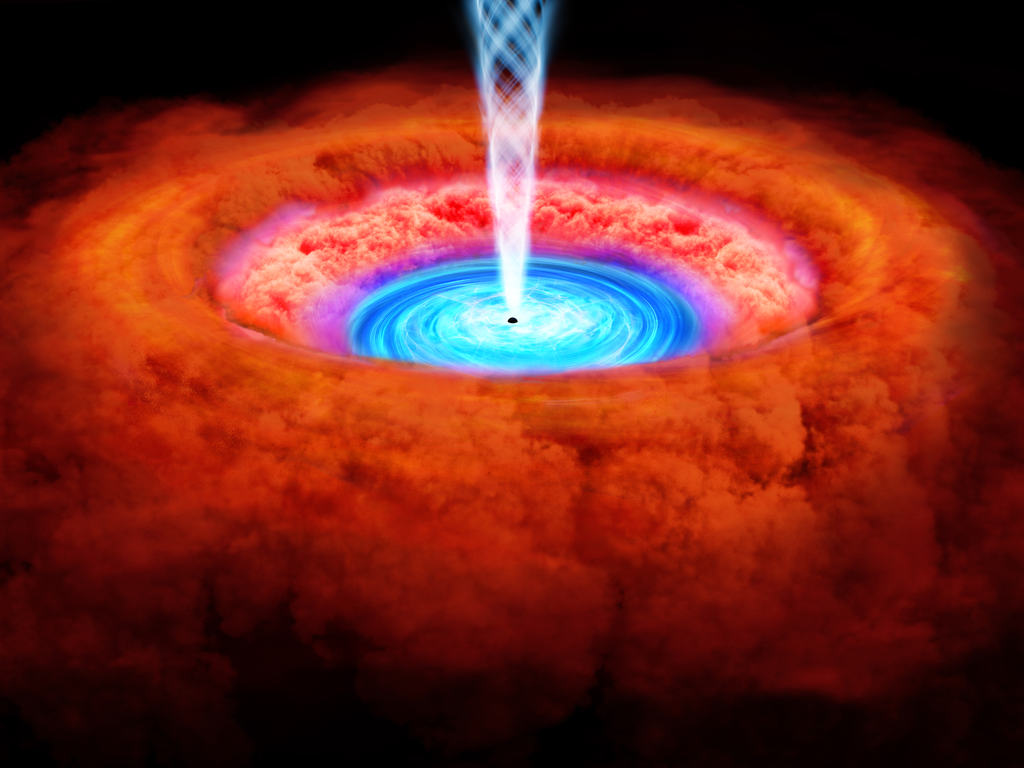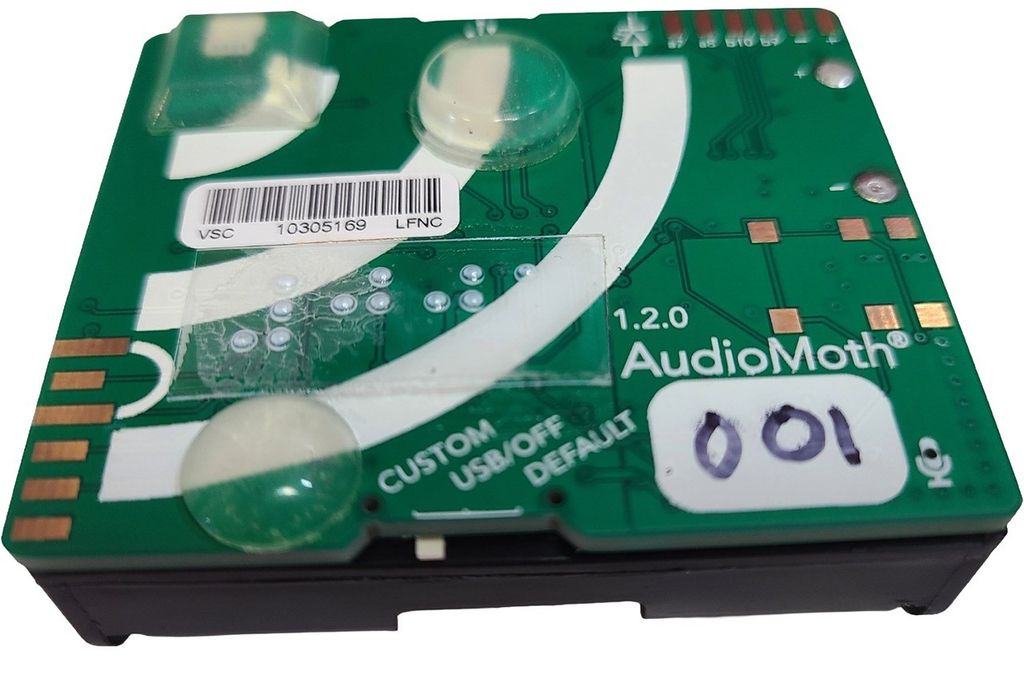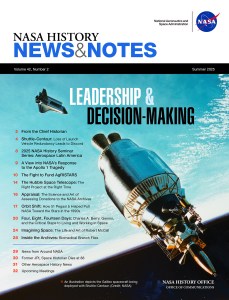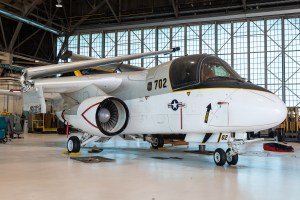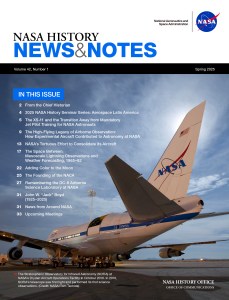With NASA now firmly committed to sending Apollo 8 into lunar orbit in December 1968, preparations for that mission accelerated. Work was also underway for the next two missions, Apollo 9 and 10, planned for the first half of 1969. If all went according to plan, Apollo 8 would fly the first crew on a Saturn V and test the Command and Service Modules (CSM) in lunar orbit, Apollo 9 would test the CSM and the Lunar Module (LM) in Earth orbit, and Apollo 10, in a dress rehearsal for the first landing, would test the CSM and LM in lunar orbit. Optimism surged that President Kennedy’s goal of landing a man on the Moon and returning him safely to Earth before the end of the decade could be met.
In preparation for the planned Dec. 21 launch of Apollo 8, engineers completed its Flight Readiness Test (FRT) on Nov. 19. Since the Saturn V rolled out to Kennedy Space Center’s (KSC) Launch Complex 39A in October, technicians were putting the rocket through numerous tests. The FRT was the final major overall test of the vehicle’s systems. The prime crew of Frank Borman, James A. Lovell, and William A. Anders, as well as the backup crew of Neil A. Armstrong, Edwin E. “Buzz” Aldrin, and Fred W. Haise, participated in portions of the test. The Apollo 8 crews were also spending considerable time in the CM mission simulator to rehearse various aspects of their flight. A Countdown Demonstration Test would be held about two weeks before launch.
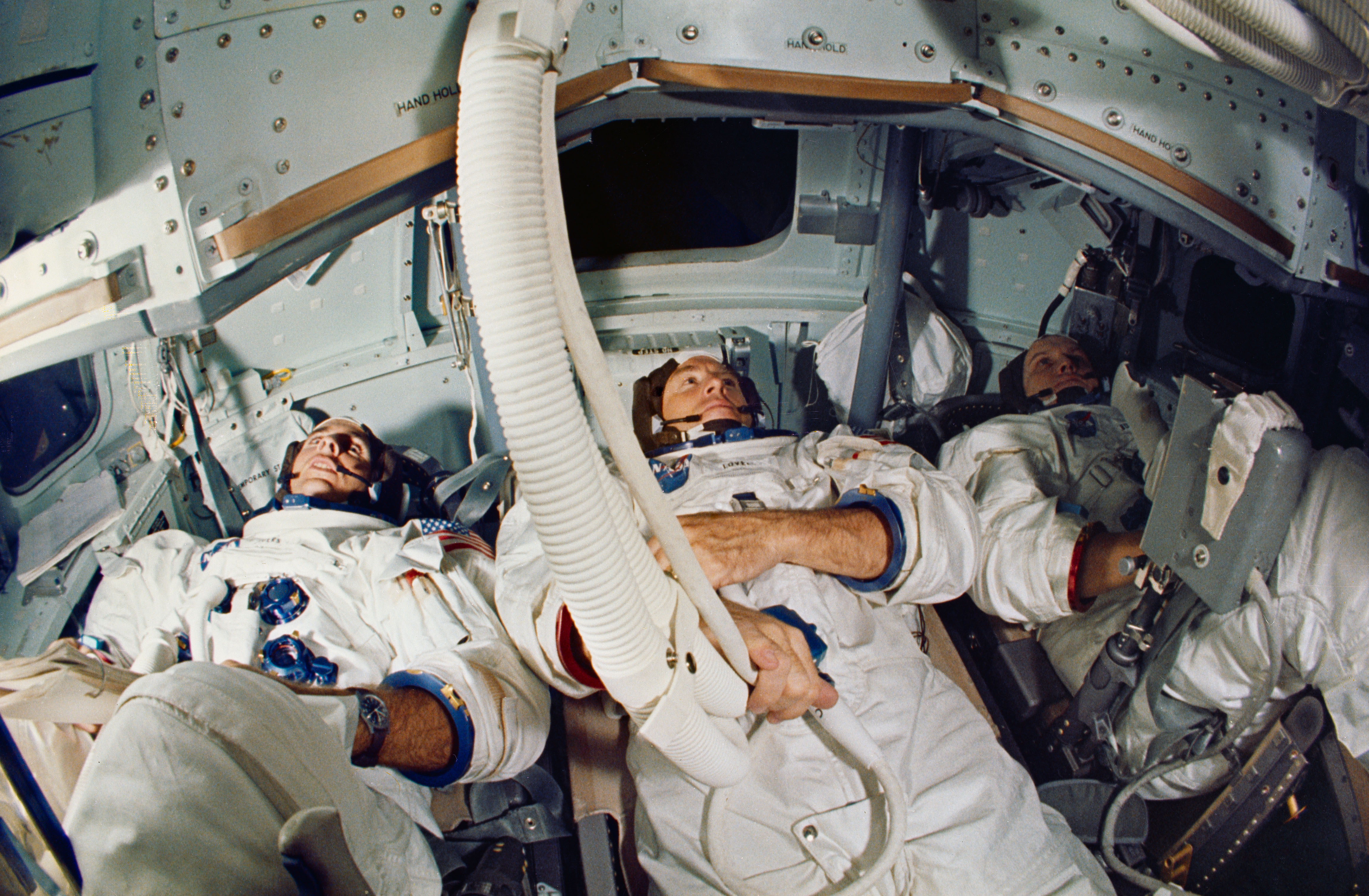
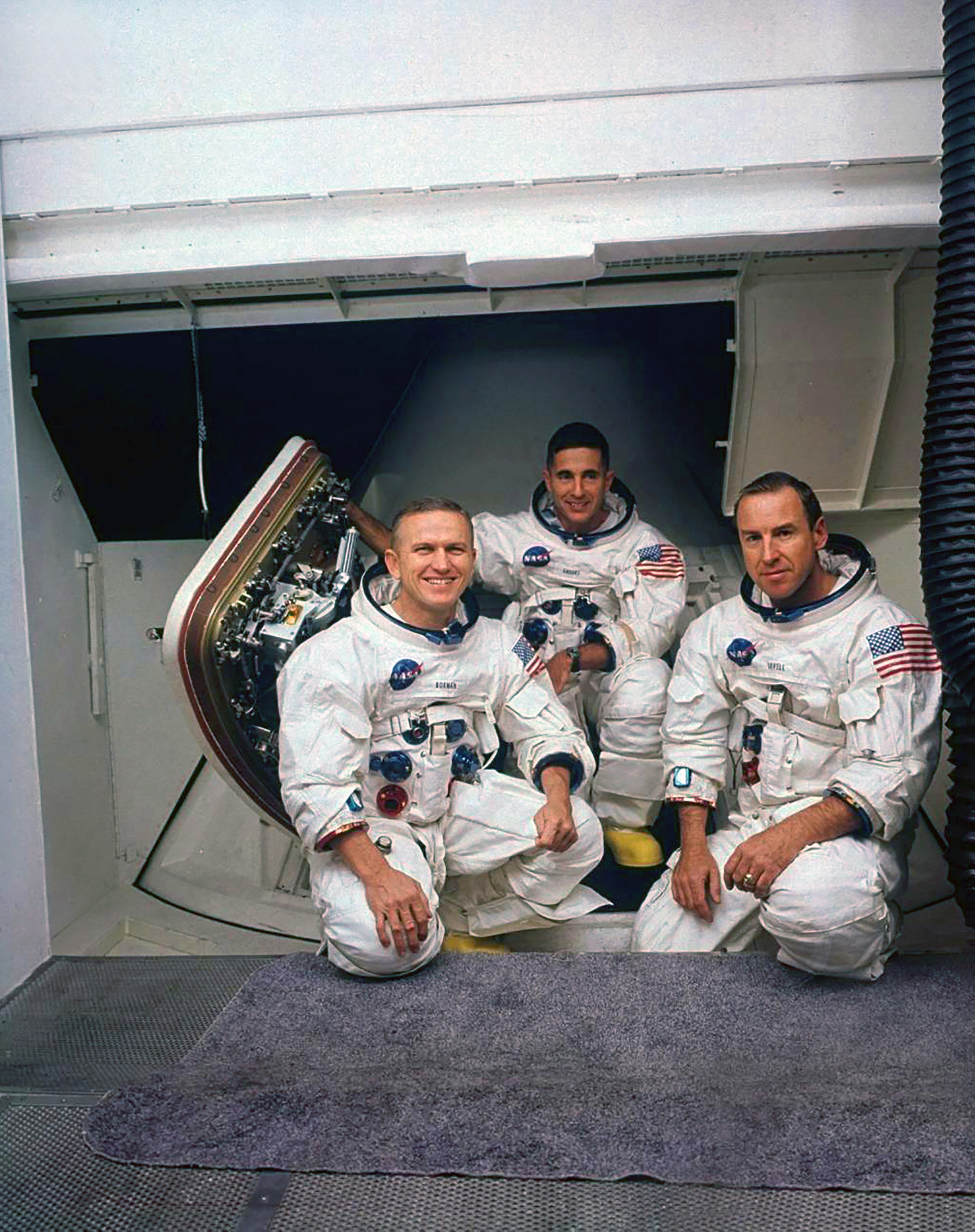
Left: Apollo 8 prime crew of (left to right) Anders, Lovell, and Borman in the CM mission simulator at KSC. Right: Crewmembers (left to right) Borman, Anders, and Lovell pose outside the simulator.
All the hardware for the Apollo 9 mission was already at KSC where technicians were conducting tests. In the Vehicle Assembly Building (VAB), workers in October had stacked the three stages of the Saturn V. The LM had arrived from its manufacturer, the Grumman Aircraft Engineering Corporation in Bethpage, New York, in June, and the manufacturer of the CSM, North American Rockwell in Downey, California, delivered those modules in October. In KSC’s Manned Spacecraft Operations Building (MSOB), the prime crew of James A. McDivitt, Russell L. Schweickart, and David R. Scott, as well as the backup crew of Charles “Pete” Conrad, Alan L. Bean, and Richard F. Gordon, completed suited altitude chamber runs in mid-November. On Nov. 30, workers in the MSOB assembled the CSM and LM with the Spacecraft LM Assembly (SLA) and transferred them to the VAB three days later for stacking on the rocket. The crewmembers completed splashdown egress training in the Gulf of Mexico near Galveston, Texas, using a boilerplate Apollo CM in late November. The Motorized Vessel M/V Retriever provided logistical support for the training.
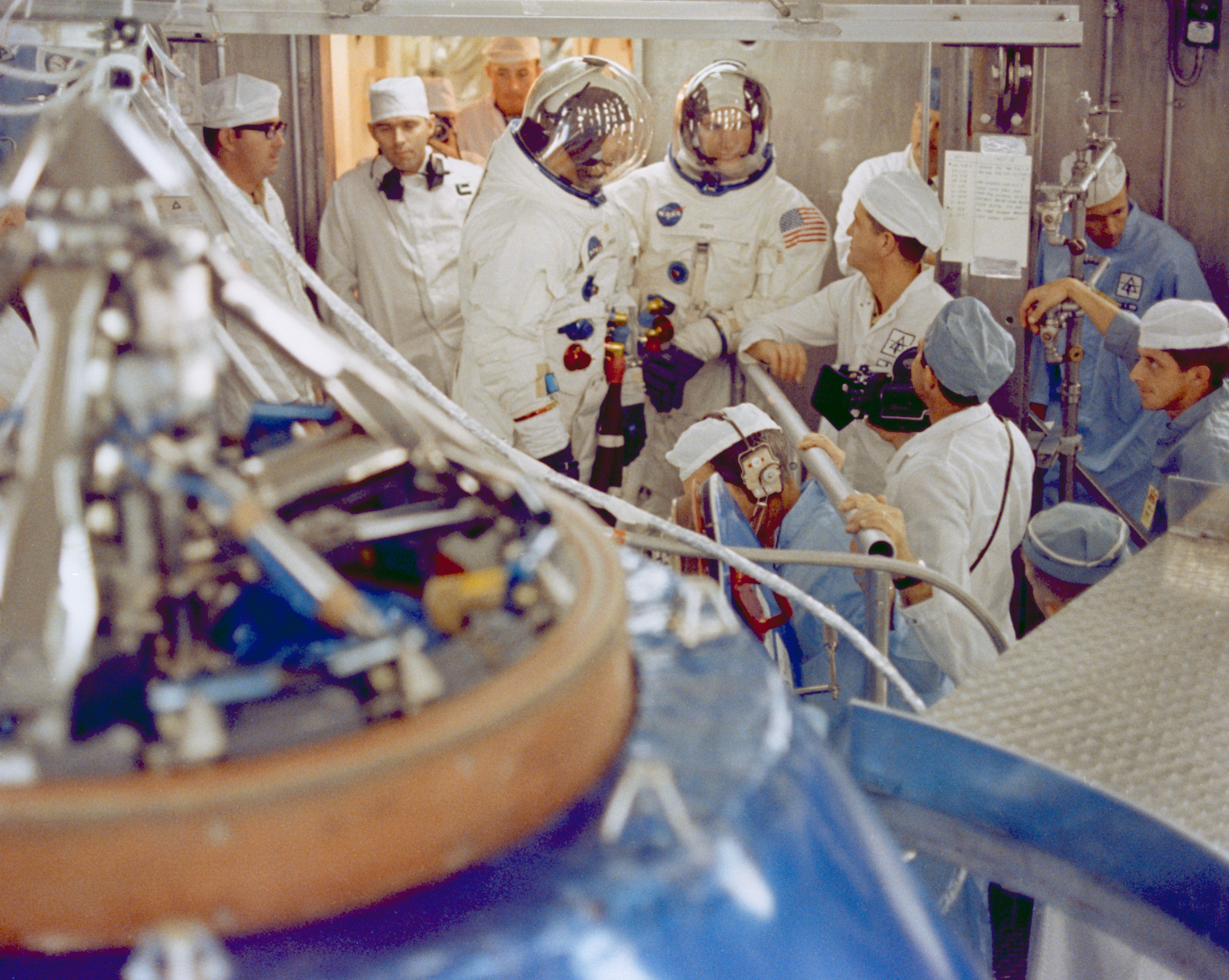
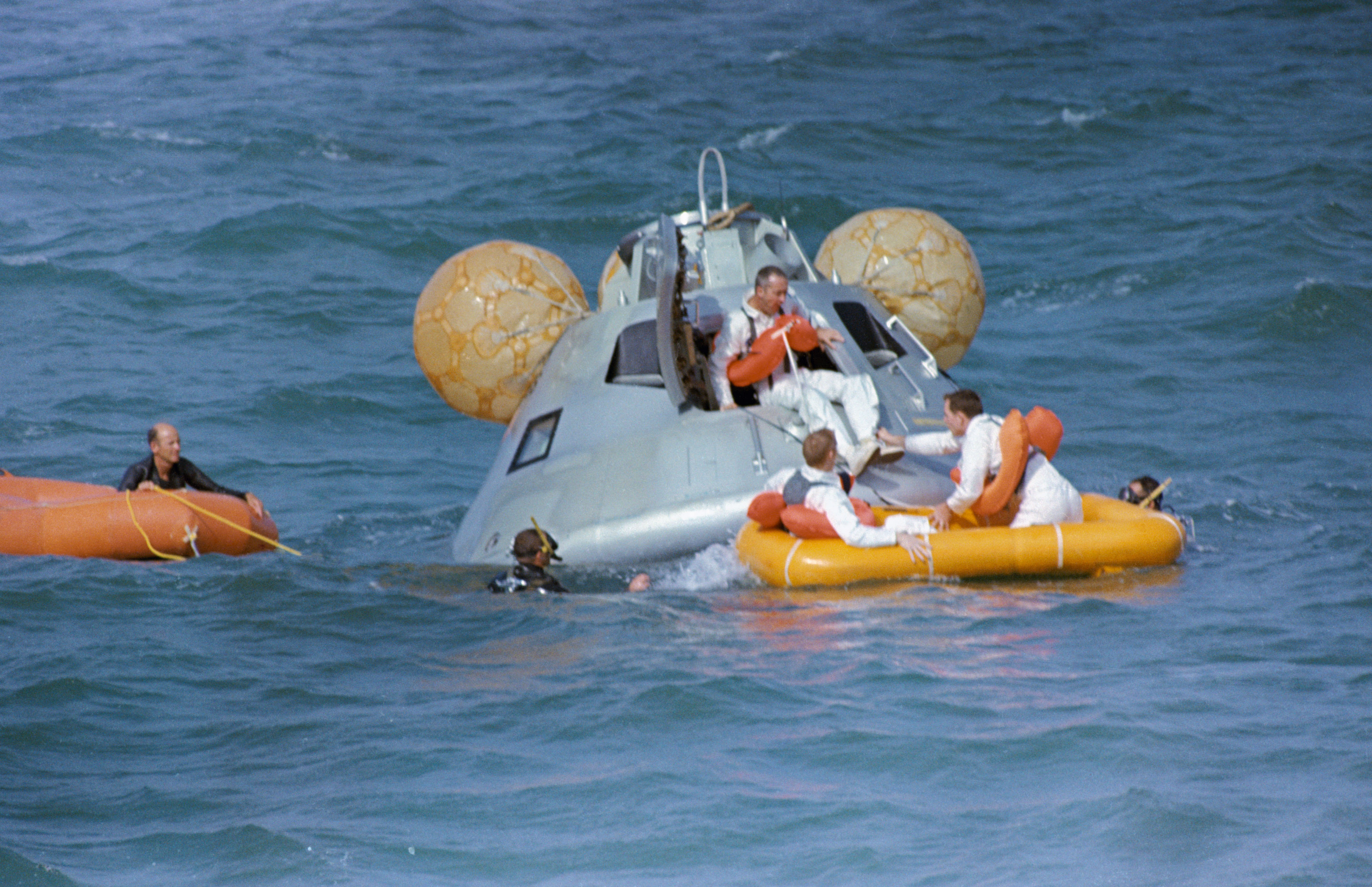
Left: Apollo 9 prime crew McDivitt (left), Scott (right), and Schweickart (not pictured) prepare for an altitude chamber test in the CM. Right: McDivitt (emerging from capsule), Schwieckart (left in raft), and Scott (right in raft) complete water egress training in the Gulf of Mexico.
While the Apollo 10 mission was still six months away, hardware was already arriving at KSC. Grumman delivered the LM in October and North American Rockwell the CM and SM in late November. Workers in the MSOB mated the latter two modules on Nov. 26 and placed the assembly in a vacuum chamber for testing. The first stage of the Saturn V arrived at the VAB the next day, and workers began the stacking process three days after that, awaiting the arrival of the other stages in December. NASA had recently announced the Apollo 10 prime crew as Thomas P. Stafford, Eugene A. Cernan, and John W. Young, and their backups as L. Gordon Cooper, Edgar D. Mitchell, and Donn F. Eisele.
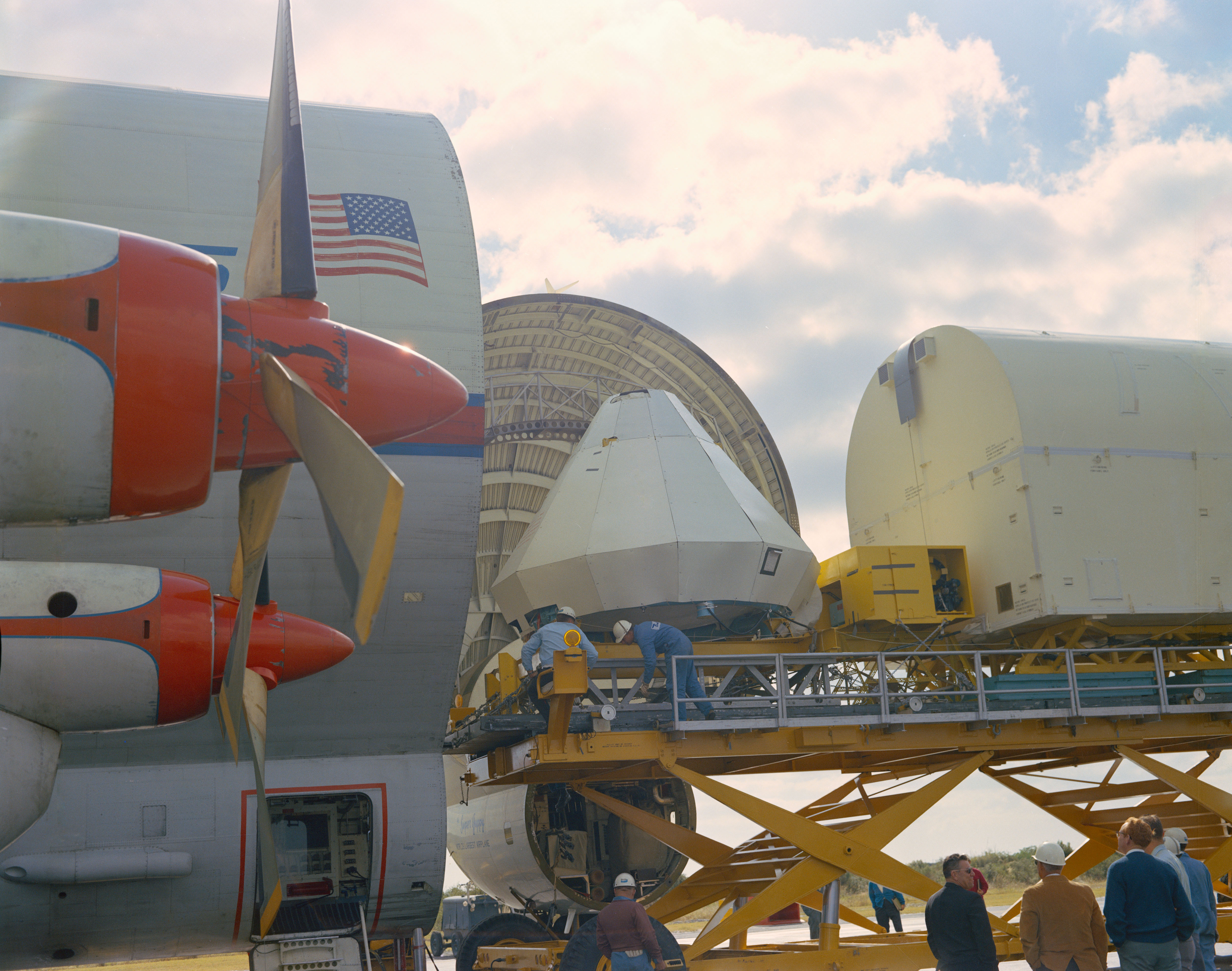
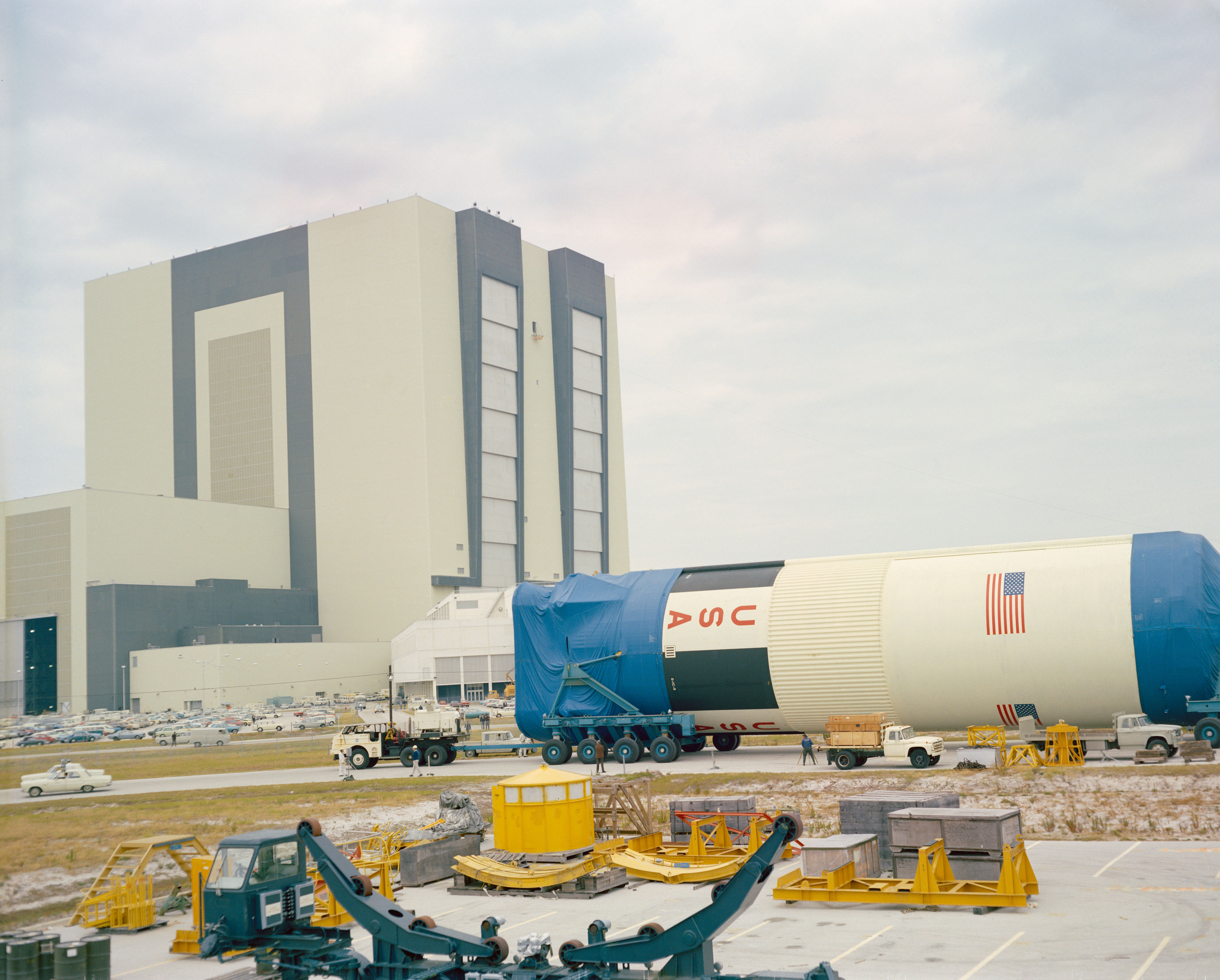
Left: The Apollo 10 Command (left) and Service (right) Modules arrive at KSC. Right: First stage of the Saturn V for Apollo 10 arrives at KSC.









